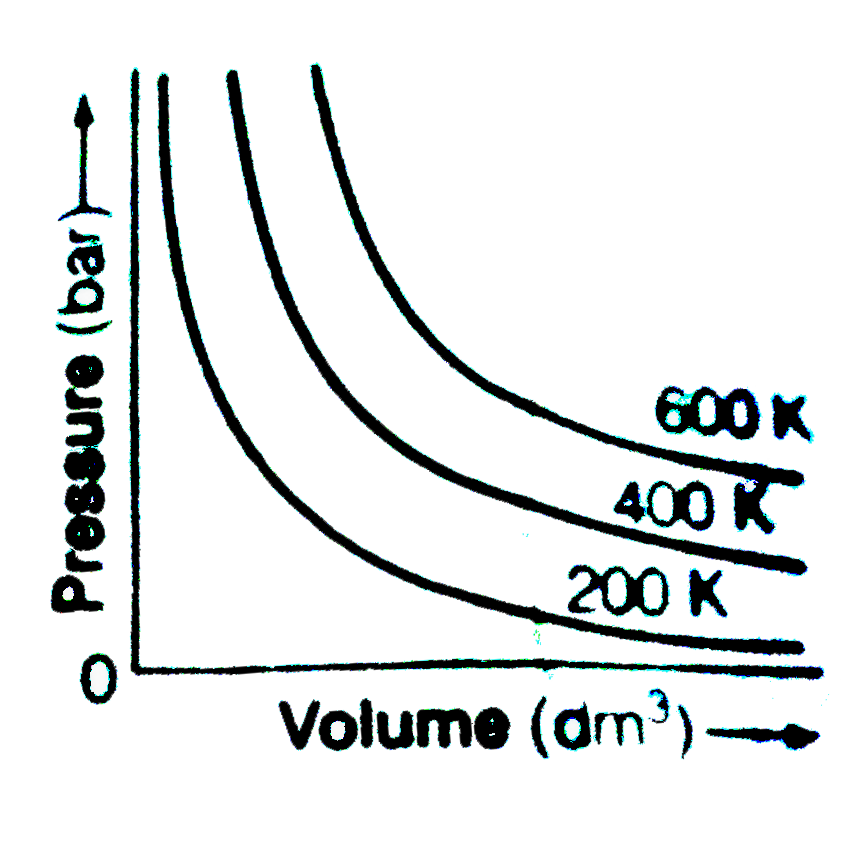As the volume increases with temperature, its density decreases.
To determine whether the statement "As the volume increases with temperature, its density decreases" is true or false, we can analyze it step by step.
Step 1: Understand the Definition of Density
Density is defined as the mass of an object divided by its volume. The formula for density (ρ) is:
ρ=mV
where:
- ρ = density
- m = mass
- V = volume
Step 2: Analyze the Effect of Temperature on Volume
When the temperature of a substance increases, its particles gain energy and move apart, causing the volume of the substance to increase. This phenomenon is known as thermal expansion.
Step 3: Consider the Mass of the Substance
In most cases, when a substance is heated, its mass remains constant. This means that the amount of matter in the substance does not change even though its volume does.
Step 4: Apply the Density Formula
Since the mass remains constant and the volume increases with temperature, we can substitute these observations into the density formula:
- As V increases, m stays the same.
Thus, the density can be expressed as:
ρ=mV
If V increases and m remains constant, the density ρ must decrease.
Step 5: Conclusion
Therefore, the statement "As the volume increases with temperature, its density decreases" is true.
Final Answer
The statement is true.
---
Density is defined as the mass of an object divided by its volume. The formula for density (ρ) is:
ρ=mV
where:
- ρ = density
- m = mass
- V = volume
When the temperature of a substance increases, its particles gain energy and move apart, causing the volume of the substance to increase. This phenomenon is known as thermal expansion.
In most cases, when a substance is heated, its mass remains constant. This means that the amount of matter in the substance does not change even though its volume does.
Since the mass remains constant and the volume increases with temperature, we can substitute these observations into the density formula:
- As V increases, m stays the same.
ρ=mV
If V increases and m remains constant, the density ρ must decrease.
Therefore, the statement "As the volume increases with temperature, its density decreases" is true.
The statement is true.
Topper's Solved these Questions
- PHYSICAL QUANTITIES AND MEASUREMENT BOOK - ICSECHAPTER - PHYSICAL QUANTITIES AND MEASUREMENT EXERCISE - Exercises (Section I) Match the following
1 Videos
- PHYSICAL QUANTITIES AND MEASUREMENT BOOK - ICSECHAPTER - PHYSICAL QUANTITIES AND MEASUREMENT EXERCISE - Exercises (Section I) Choose the correct option to fill in the blank.
6 Videos
- PHYSICAL QUANTITIES AND MEASUREMENT BOOK - ICSECHAPTER - PHYSICAL QUANTITIES AND MEASUREMENT EXERCISE - Exercises (Section I) Choose the correct option
7 Videos
- MODEL TEST PAPERS BOOK - ICSECHAPTER - MODEL TEST PAPERS EXERCISE - Model Test Paper 2 (Section II)
42 Videos
- SOUNDBOOK - ICSECHAPTER - SOUNDEXERCISE - Picture Study
4 Videos
Similar Questions
Knowledge Check
Adsorption is accompanied by the evolution of heat. Thus, according to Le Chatelier's principle the amount of surface adsorbed should
(i) decrease with increase in temperature
(ii) decrease with decrease in temperature
(iii) increase with increase in temperature
(iv) increase with decrease in temperatureAincrease with decrease in temperatureBincrease with increase in temperatureCdecrease with decrease in temperatureDbe equal at all temperature
The variation of pressure with volume of the gas at different temperatures can be graphically represented as shown in figure. On the basis of this graph answer the following question.
(i) How will the volume of a gas change if its pressure is increased at constant temperature ?
(ii) At a constant pressure, how will the volume of a gas change if the temperature is increased from 200 K to 400 K ?

View SolutionAssertion : A solid is floating in a liquid . If temperature is increased and expansion of solid is ignored, then fraction of volume immersed will increase.
Reason : By increasing the temperature density of liquid will decrease.
View SolutionVelocity of sound in air
(I) increases with temperature
(II) decreases with temperature
(III) increase with pressure
(IV) is independent of pressure
(V) decreases with pressure
(VI) is independent of temperature Choose the correct answer
View SolutionThe rate of chemisorption
a. increaeses with decreases in temperature
b. increases with increasesin tempreture
c. increases with decreases in the pressure of gas
d. is independent of the pressure of gas
View SolutionWhen volume of system is increased two times and temperature is decreased half of its initial temperature, then pressure becomes ………….
View SolutionTranspiration decreases as air temperature increases.
View SolutionA : At constant volume on increasing temperature the collision frequency increases.
R : Collision frequency ∝ temperature of gas.
View Solution
